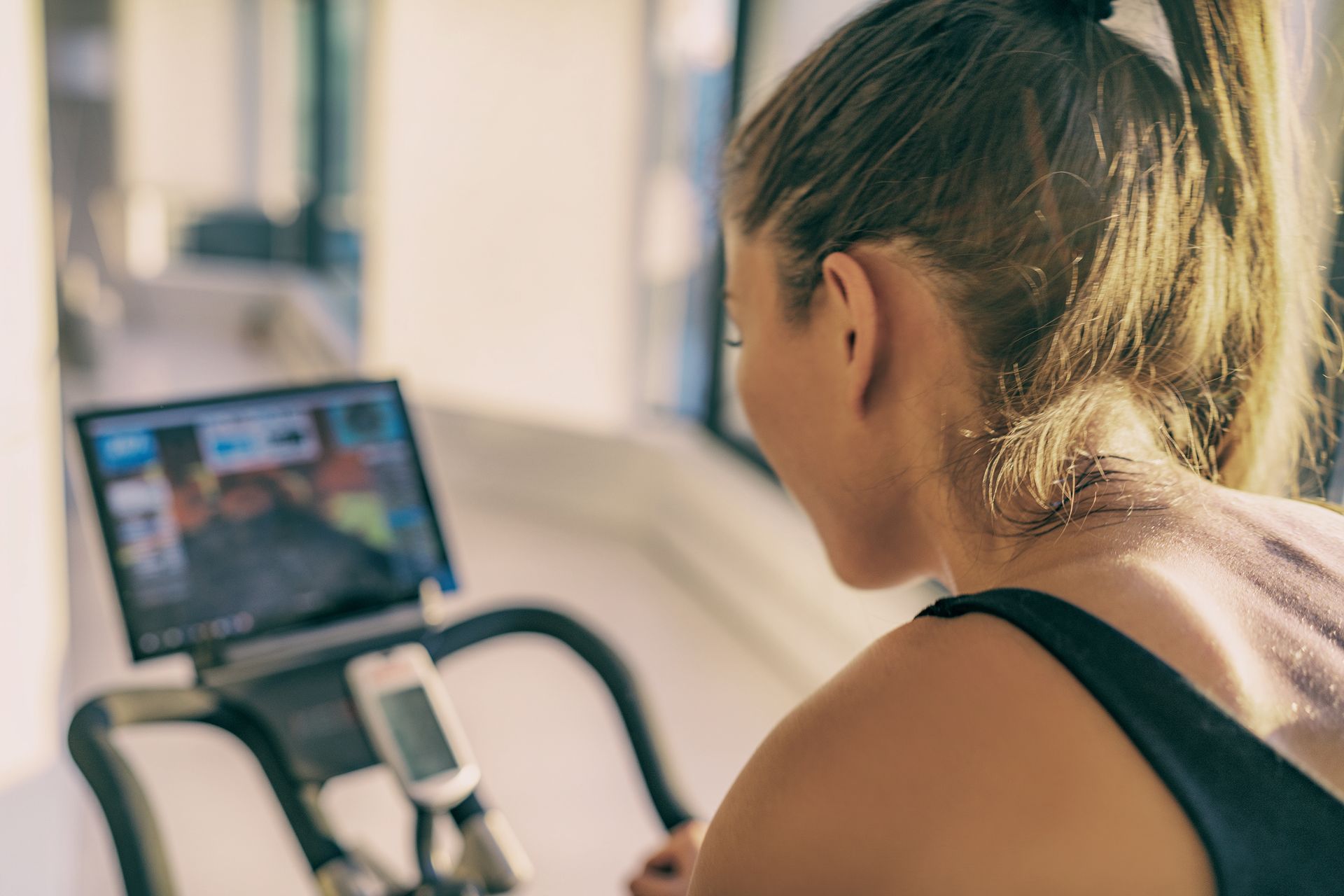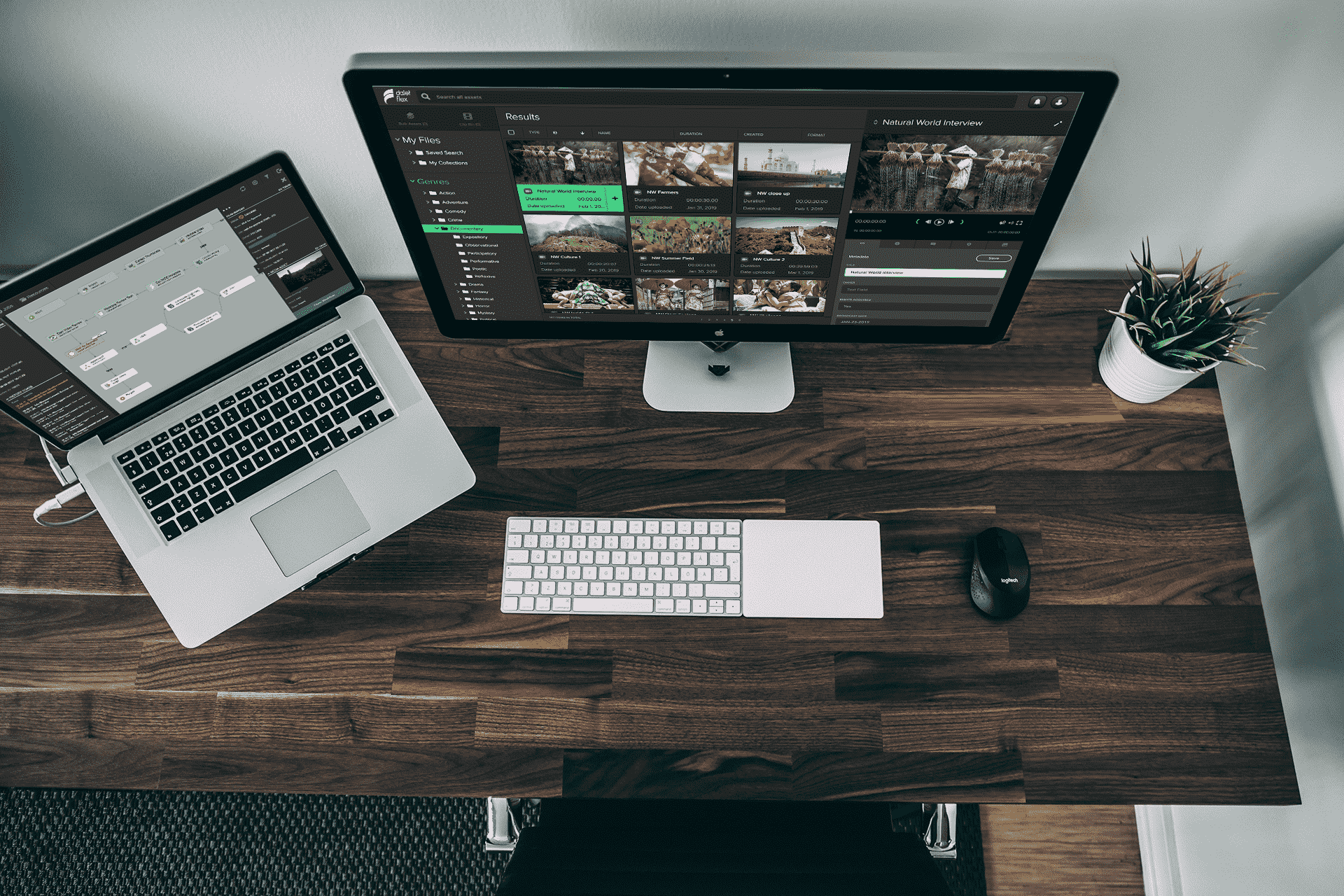Physical fitness is an important part of many people’s lives, but challenging conditions in the world prompted the home fitness industry to reinvent itself. Fitness programs are also including mental health as a priority needing to be addressed. With all the recent innovations in this realm, content asset management for these advances must also run at the same speed. Considering the history of at-home wellness programs, we have already come a long way.
Don’t Touch That Dial: Fitness on Television
In-home coached fitness can trace its origins back in 1952 with Jack LaLanne. He brought exercise into the living rooms of the world with his self-titled TV program. It was wildly popular and ran for a remarkable thirty-four years. His high energy and robust approach to life got the viewing public hooked on the privacy and convenience of working out and getting fit in their own homes.
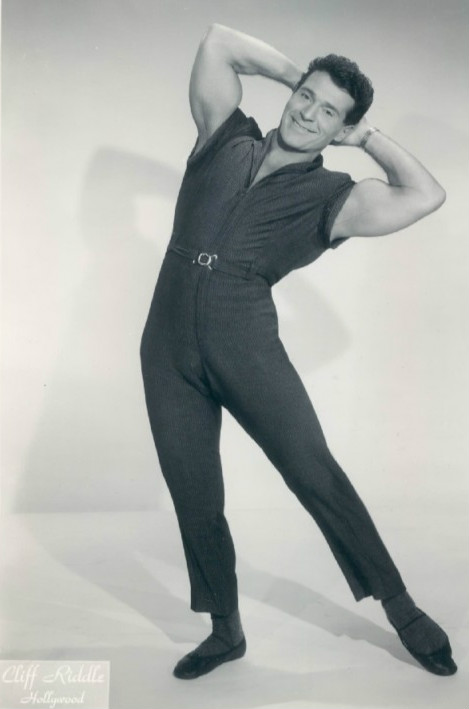
Photo credit: Cliff Riddle, Hollywood, Public domain, via Wikimedia Commons
The only sticking point was that the viewers had to be around at the precise time of the show. It would be several decades later with the arrival of home video that put everyday people in charge of when they worked out. Viewers could now see how they should be preforming the movements and connect with the energy of the instructor whenever they hit “play” on their VCR. Leading this movement was an unlikely and unexpected individual: Oscar-winning actress Jane Fonda. Her videotape exercise program, Workout, set the stage for another step forward in home fitness. Fonda went on to produce many bestselling tapes, as well as made it acceptable (and yes, appealing) to be a woman with muscles.
For a period in the 80s and 90s, every level of celebrity had a video that promised to tone and firm various muscle groups. In 2001, as people yearned for fun in their workout, Zumba with Beto Perez appeared. His incredibly popular DVD meant users no longer had to fast forward or rewind a tape, breaking the flow of their exercise routine. Instead, they could pick sections of the workout from a menu and skip right to them.

Up until this point, asset management in fitness video content (including DVDs) was somewhat basic:
- Close-up shots on the Talent
- Music
- Camera angles and shots (Zumba, for example, had four or more cameras.)
- Credits
- Exclusive to DVDs, static menu items
I Feel Seen: Interactive Fitness on Mobile
Present day, production has shifted to a mobile world, and our fitness is following. Everyone is turning to their phones and tablets for workouts that will challenge and motivate them. Companies like Apple, Nike and ifit.com have developed interactive fitness video content that enhances their brand. Even national gym chains adapted to this demand. Lifetime Fitness now offers digital membership with live, and on-demand exercise programs.
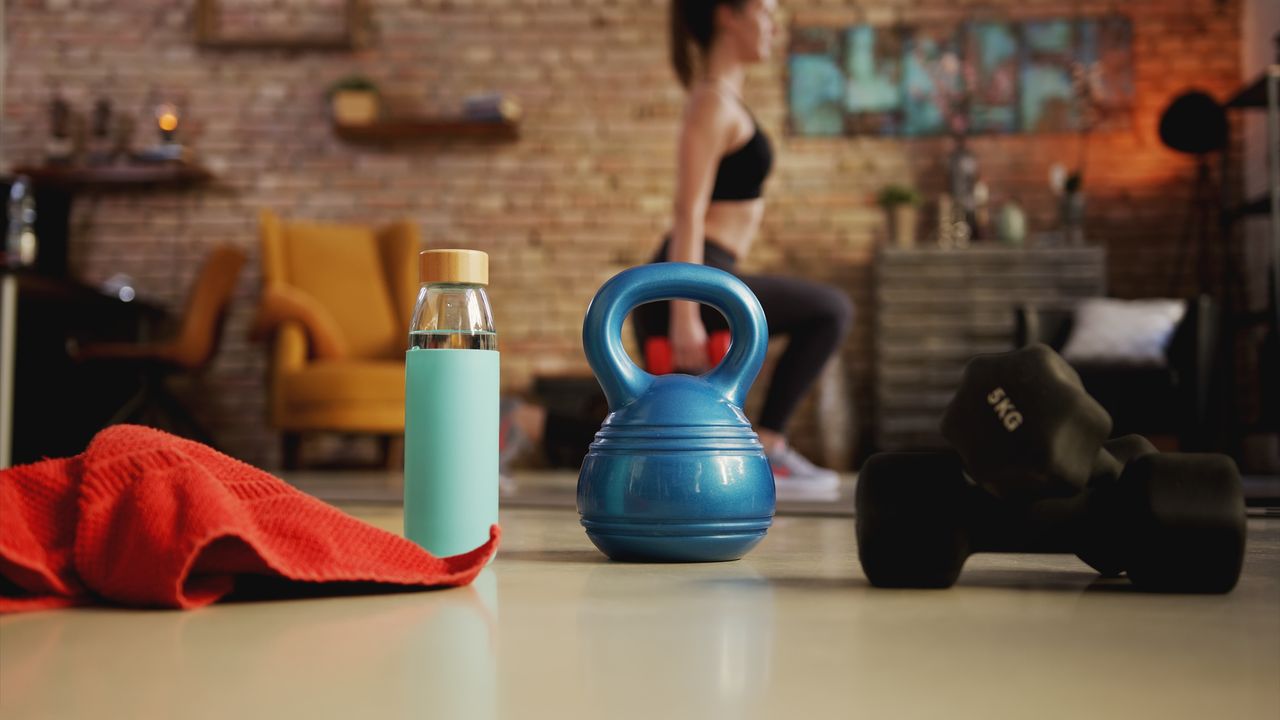
From its beginnings, Peloton aimed to be game-changer in the world of fitness. The company provides a complete user experience from hardware, music, and the instructors themselves. In essence making themselves a true media company. The experience they’ve constructed dips in the world of Augmented Reality (AR) through their bikes and treadmills using their app and subscription service with thousands of classes. Their trainers also interact with people exercising, making Peloton’s routines more than just a static experience, by putting you in a class with other runners and bikers. Together, you cheer one another on while competing for top spots in leaderboards and shout-outs from your instructors.
Bro, Do You Even Quest?: The Rise (and Demands) of VR Fitness
Fitness video content is now flexing hard in the virtual environment. With sales in the Quest app store surging 150% year-over-year growth in the 2021 Christmas weekend. Virtual Reality is where I found myself seeking a way to keep moving and discover better health. Supernatural is my go-to app, placing you in breathtaking environments where you can smash balloons with a Flow or Boxing routine. The app also has meditations and stretches to take care of the mind, too. Judging from the user comments, Supernatural has improved both the physical and mental health of its community. Noting the popularity of VR fitness, Les Mills, a worldwide provider of fitness known for their impressive gyms and services, recently brought their popular BodyCombat program into the virtual realm.
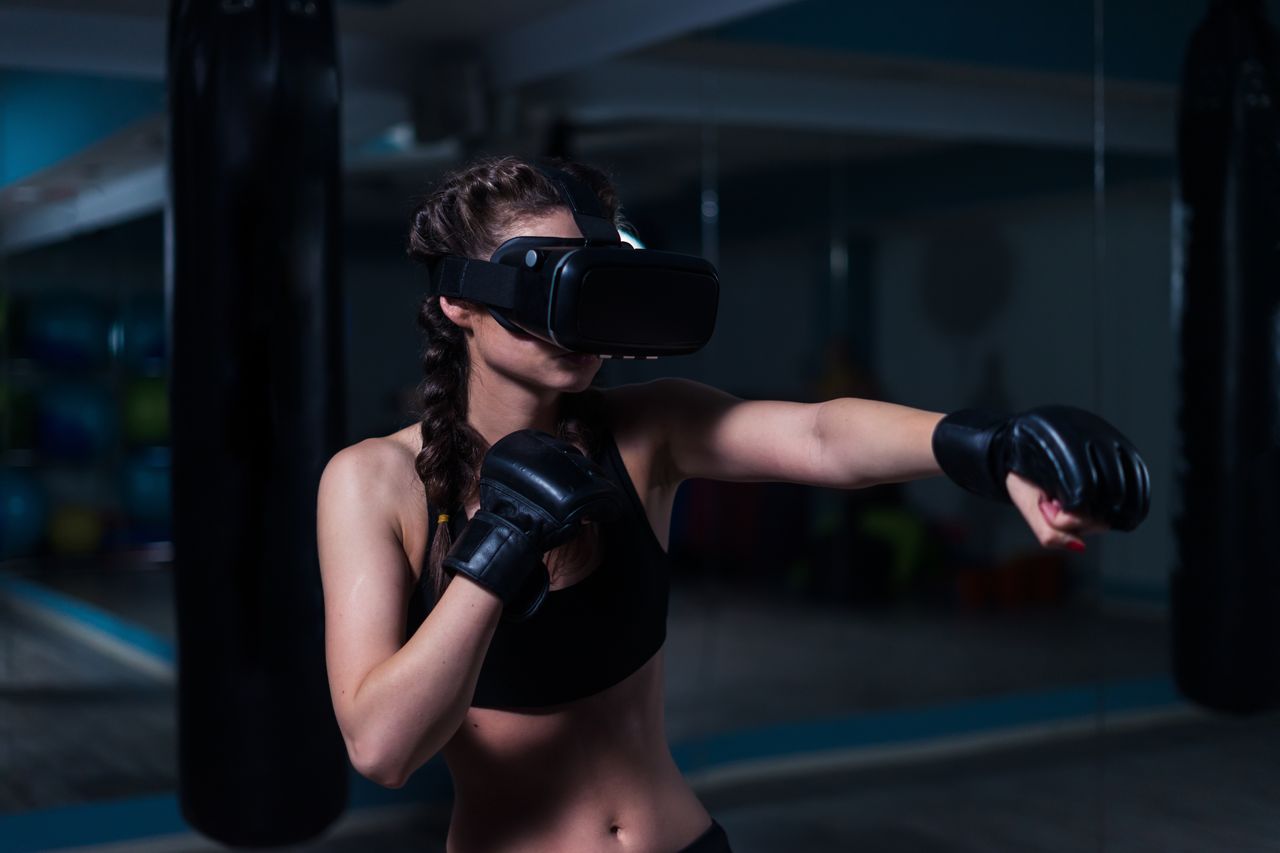
These advances, though, have increased the complexity of fitness video content. It’s no longer a matter of getting a bunch of fit individuals in front of a camera and recording a routine. For example, Supernatural offered a behind-the-scenes look at production. It is a three-month process, spread across multi-functional teams, including coaches, music rights managers, VR filmmakers, developers, and choreographers. As a subscription-based app, they provide new content daily to keep their user base engaged, energized, and coming back.
While you still have the earlier-mentioned assets to contend with, AR and VR exercise programs now includes:
- Targets. These communicate to the user that they have successfully landed a hit and how hard.
- Bats or gloves. These show where the user’s hands are.
- Environment. Where the user works out no long has limits. You can be on mountain tops, beaches, or in an endless and sparkling-clean digital gym.
- Scores and leaderboards. Achieving a personal best, or challenging their friends, encourages users.
- The Menu. Users mark favorite workouts, add others to their leaderboard, and filter content.
With increasing complexities, managing these individual workouts demands reliable production, asset management and packaging, as well as distribution media workflows such as those supported by Dalet Flex.
Appreciating a Good Flex: How Dalet Flex Manages Home Fitness Assets
With home fitness now crossing into an interactive medium, imagine managing all these daily produced assets, knowing where to find the precise song, trying to catalog the thousands of hours of production material, and keeping an efficient archive. As a content business, it is vital to understand what’s been delivered when and what can be re-monetized. For example, producing specialized playlists for your users, such as collections of particular music or highlights, adds value to the content already produced. Keeping these fitness video content elements, which span a wide variety of media, in order is the kind of challenge that Dalet Flex can meet.
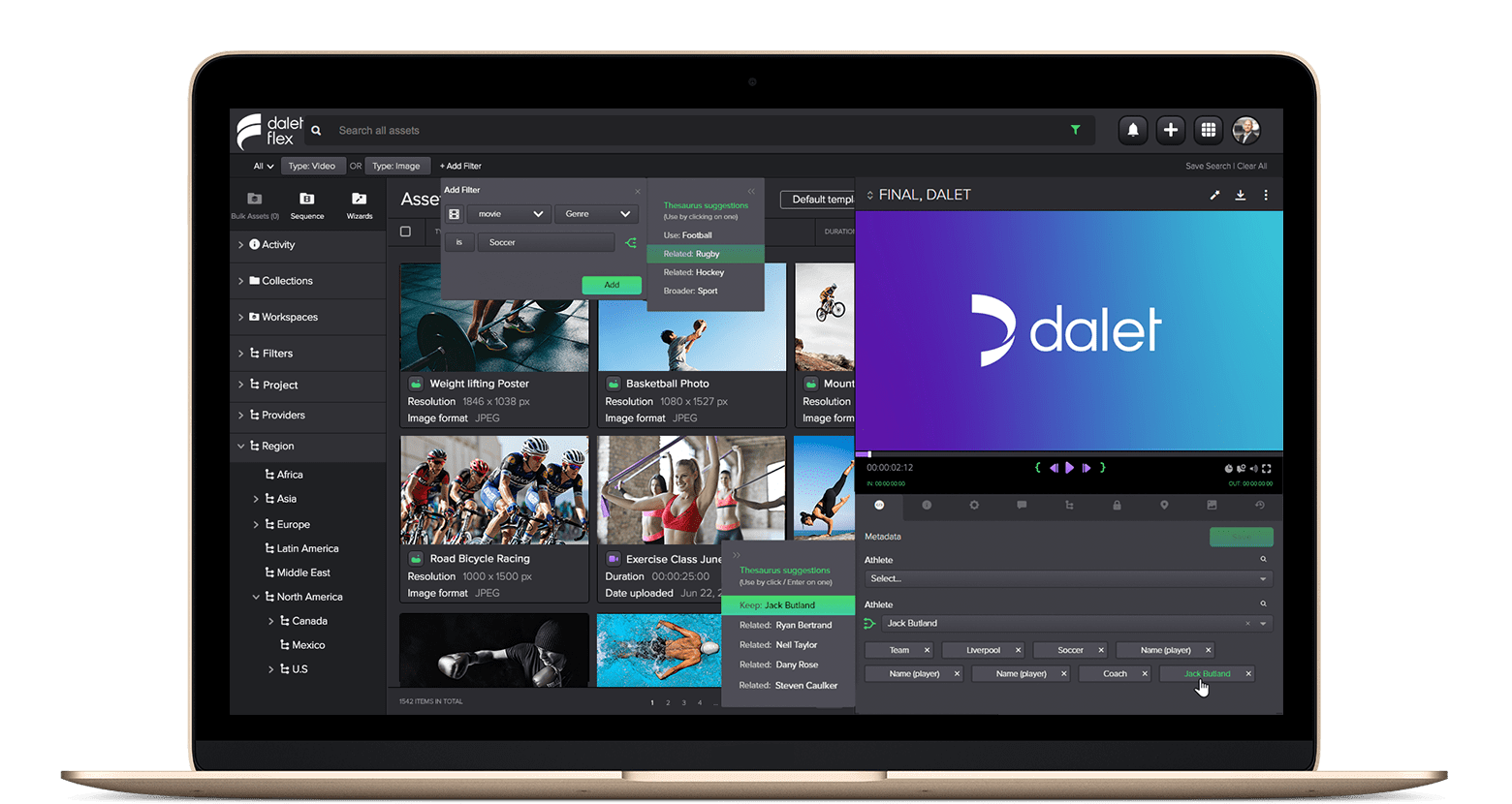
As this industry continues to expand, it will need robust solutions for rich media asset production, distribution and management.
User-friendly and highly customizable Dalet Flex grants editors and producers with adaptable tools for diverse teams in remote locations. Users can collaborate on managing the production workflow that these fitness packages demand through business-driven rules and customizable metadata definitions. The platform is well-positioned to help the in-home fitness industry manage its complex media workflows.
Many who have had their eyes opened to the joy of home fitness will stay online, or combine traditional gym workouts with what they have learned from apps. The business of fitness video content has certainly caught its second wind, but it needs agile and reliable tools to manage its growing volume of content and metadata moving into its future.

Featured in: Content Distribution | Content Monetization | Content Production | Dalet Flex | Media Asset Management | Multimedia Content | Multimedia Production | Multiplatform Production | Sports Content | Video Asset Management | Virtual Reality |
Philippa is an experienced research professional, and content producer. After working for thirteen years as a Research Librarian for a multi-national corporation based out of New Zealand, she is now a full-time professional writer and content creator. Working on the forefront of podcasting and social media, Philippa's bylines can be found both in bookstores and on digital platforms, including Penguin Random House, Titan, HarperCollins, and Writers Digest.
More Articles By Philippa
